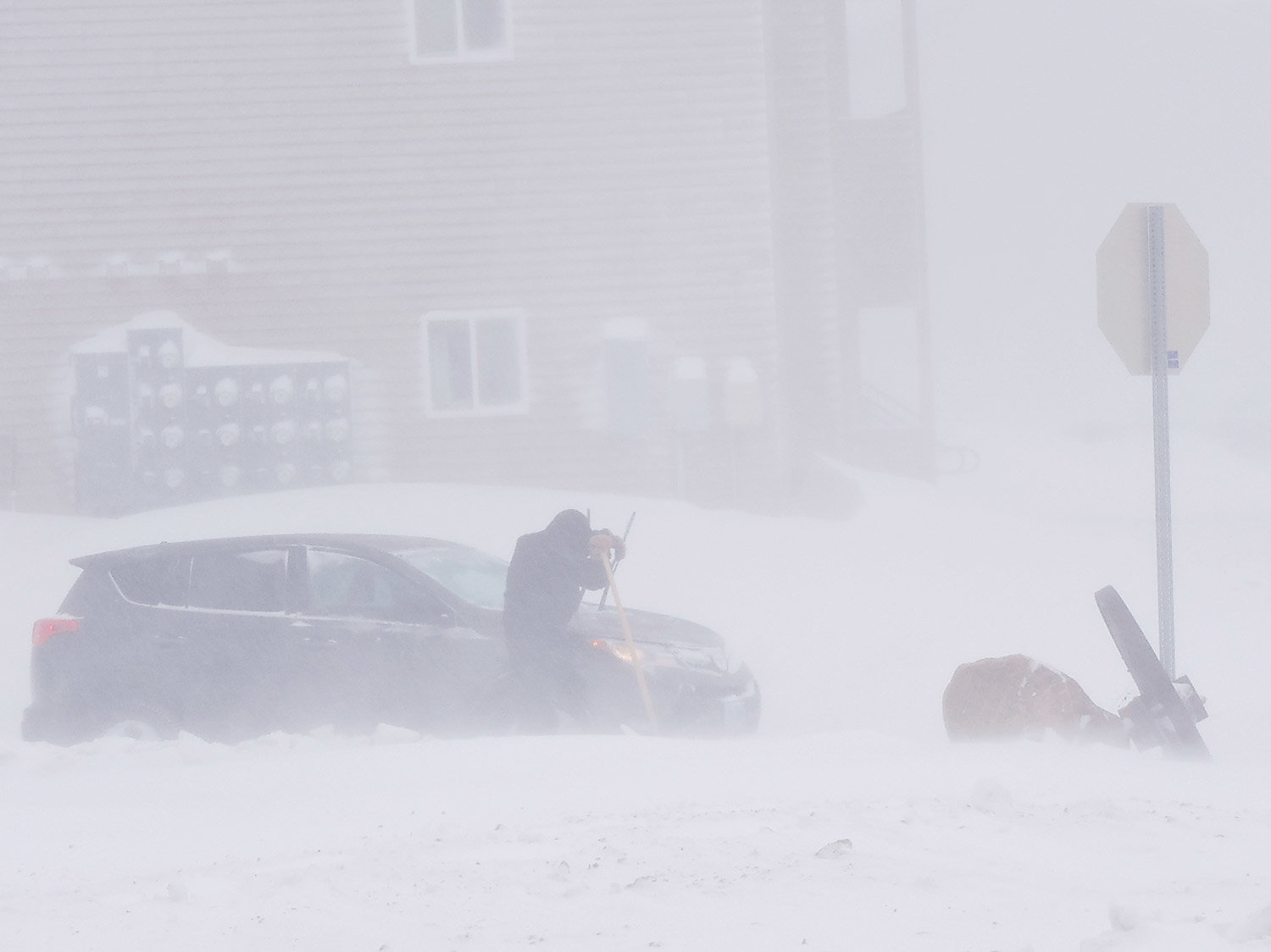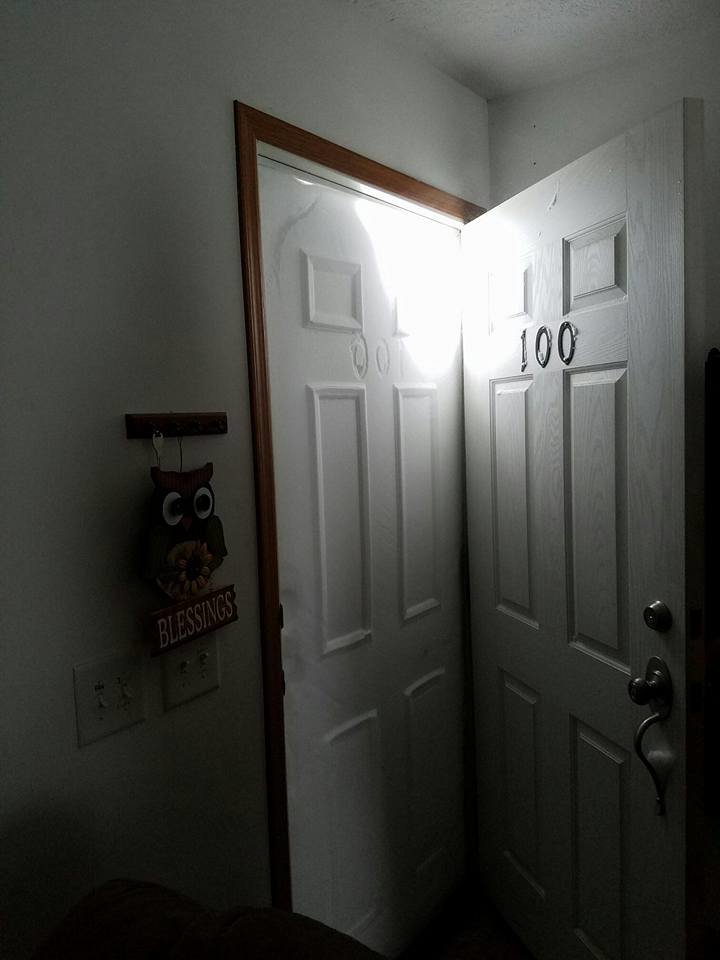

Grand Forks was also close to having the biggest snowfall at 13 inches by 6 p.m., said National Weather Service meteorologist Amanda Lee.
She said another inch or two could fall late Tuesday into early Wednesday.
Other high snowfall total were 12.5 inches in Hatton about 40 miles southeast of Grand Forks and 14 inches in Harvey and McHenry south and west of Devils Lake.
Snowfall totals were far less in Fargo where only about 1.7 inches was reported by 6 p.m..
Meteorologist Bill Barrett said winds were reaching 35 mph in Grand Forks around Tuesday afternoon which created zero to a quarter-mile of visibility, the threshold that creates an official blizzard. A blizzard warning was in effect for North Dakota and parts of northwest Minnesota until 9 a.m. Wednesday.
At the storm's peak for heavy snow—from about 9 p.m. to midnight Monday—up to 2 inches fell per hour in the northern Red River Valley.
Winds could continue to produce white-out conditions, making visibility near zero, during the Wednesday commute and into the day.
Lee said the winds should slowly diminish during the day Wednesday to 30 mph up and down the Red River Valley in the morning and then to 20 mph to 25 mph by evening.
The storm has been dubbed Blizzard Alivia, named after University of North Dakota star volleyball player Alivia Fraase.
The North Dakota Department of Transportation closed Interstate 29 from Fargo to the Canadian border. Interstate 94 was closed from Dickinson to Fargo outside the Bismarck metro area. NDDOT also closed U.S. Highway 2 between Devils Lake and the Grand Forks International Airport Tuesday afternoon, citing blizzard conditions.
NDDOT advised no travel for most of North Dakota.
It's uncertain if and when closed roads will reopen Wednesday.
The blizzard also caused problems for airports in the state.
Ryan Riesinger, executive director of the Grand Forks International Airport, said morning Delta Airlines flights that departed Tuesday morning were the final commercial flights of the day, with the remaining ones to and from Minneapolis being canceled. He said Delta was concerned about visibility in the region during the day.
"Obviously, we're battling the snow right now, and the winds are the biggest concern going forward," Riesinger said.
Flights to and from Denver at the Devils Lake Regional Airport appeared to remain on schedule, according to United Airlines. Fargo's Hector International Airport shut down its airline flights Tuesday.



Reader Comments
to our Newsletter